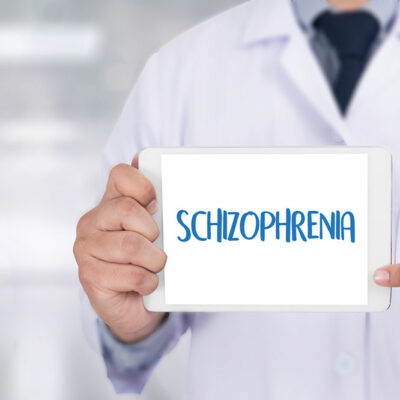8 signs of tardive dyskinesia one can not ignore

Tardive dyskinesia, or TD, causes the body to deal with involuntary movements of the muscles in the body, including the face, limbs, neck, and jaw. Typically, TD is caused by the long-term intake of certain prescription treatments that are used to combat schizophrenia and other mental health conditions. These are primarily treatments that interfere with the brain’s dopamine receptors. With timely diagnosis and prompt treatment, this neurological condition can be cured over time.
Facial ticks
Patients with this condition can experience facial ticks, distortion, and pronounced grimacing of the face. The distortion can be from mild to severe, depending on the condition’s intensity. It can also cause the patient to deal with socially distressing situations and impact their confidence. Facial ticks are one of the most common early warning signs that should be taken care of as soon as one notices it.
Dental problems
The neurological condition can involuntarily cause dental movements to be prolonged. For example, if the patient puckers their lips, they may have difficulty in undoing the movement, which can lead to dental problems. This complication can cause changes in the patient’s dental alignment and result in malocclusion. Therefore, TD patients should schedule routine dental checkups and adopt preventive measures to manage their dental health effectively.
Twitching limbs
Tardive dyskinesia can also present as tremors or shaking of the fore and hind limbs of the patients. However, these tremors might not always be noticeable. In some cases, the shaking is more pronounced when the patients are required to perform tasks that rely on the patient’s fine motor control. It includes activities like writing, drawing, and holding objects. Pronounced twitching of the limbs can hinder the patient’s ability to execute precise movements.
Involuntary blinking
Tardive dyskinesia can cause involuntary and rapid blinking of the eyelids, a symptom also commonly known as blepharospasm. Patients can experience mild fluttering of their eyelids and or even pronounced blinking. Patients with severe cases of TD can experience visual disturbances that can significantly impact their day-to-day activities.
Impulsive neck movements
The condition can also impact the neck muscles of the patient, causing involuntary movements like nodding, tilting, and rotating the neck. These movements can prove to be painful and may disrupt the patient’s daily life. With the constant involuntary movements, there is the risk of potential strain or tension of the neck and the inability of the patient to maintain a steady position.
Restlessness
Akathisia is another common warning sign in patients with TD. The neurological disorder causes patients to experience agitation and restlessness. To alleviate this discomfort, patients tend to change their position constantly. The constant agitation and restlessness can cause mental and emotional distress for the patients and impact their overall well-being. Moreover, the symptoms might even lead to increased stress levels in the patients.
Lack of coordination
When the condition progresses, it also presents a lack of coordination in the patients. It can hinder activities like walking, writing, fetching things, typing, or even handling the smallest objects.
Speech complications
Tardive dyskinesia can have long-term implications not only on the patient’s facial movements but also on their oral movements. It can change the way a patient speaks, affecting their pronunciation and making it difficult for others to understand what they are trying to communicate. The speech difficulties caused by the condition can frustrate the patient and make everyday communication a challenge.
















